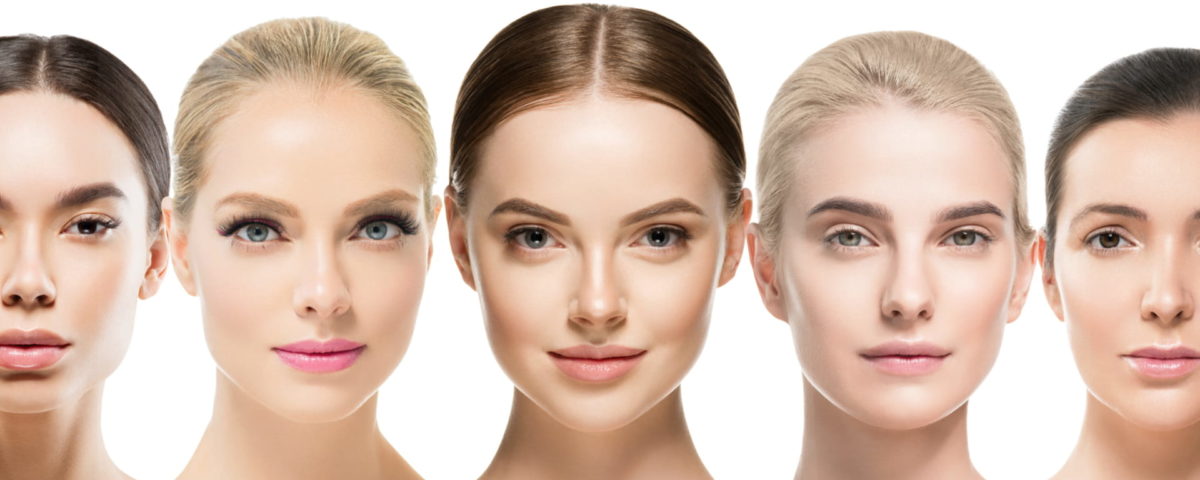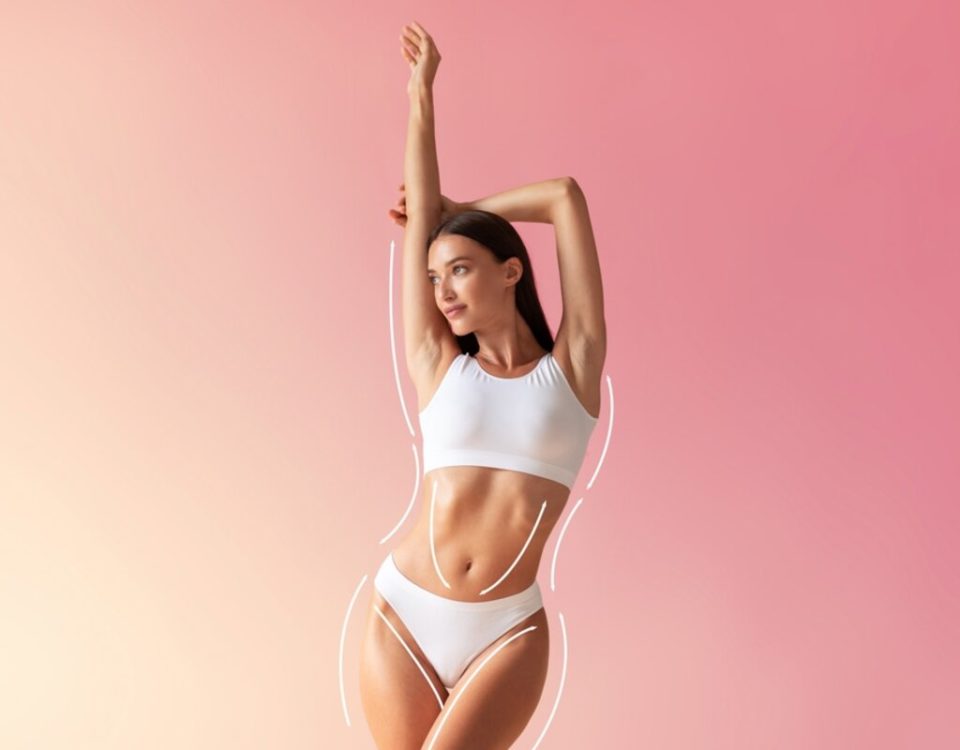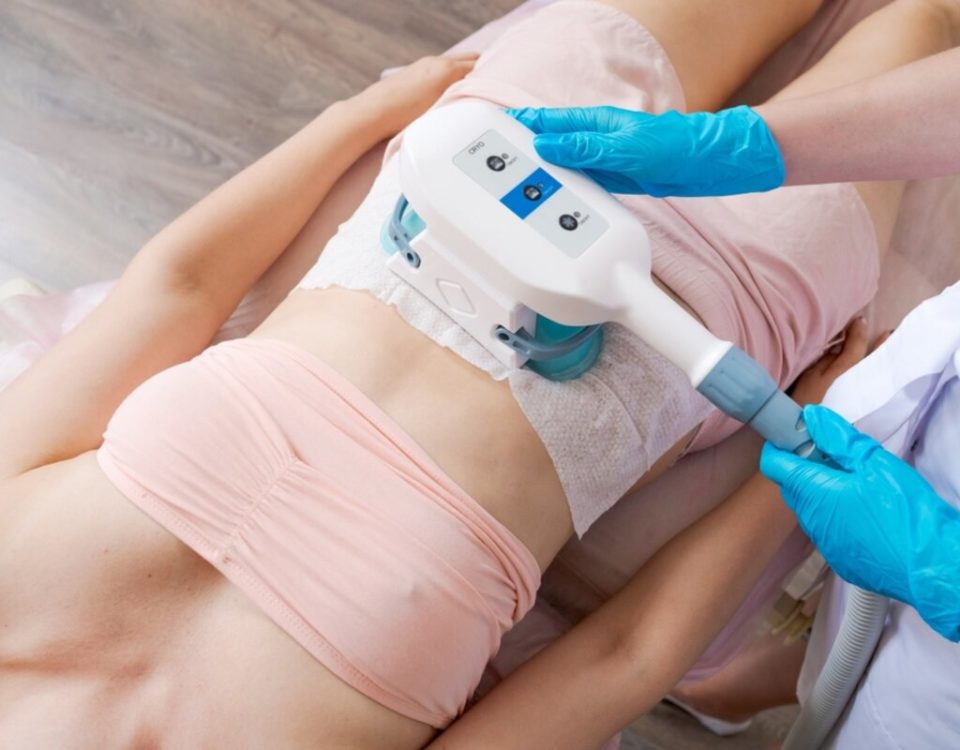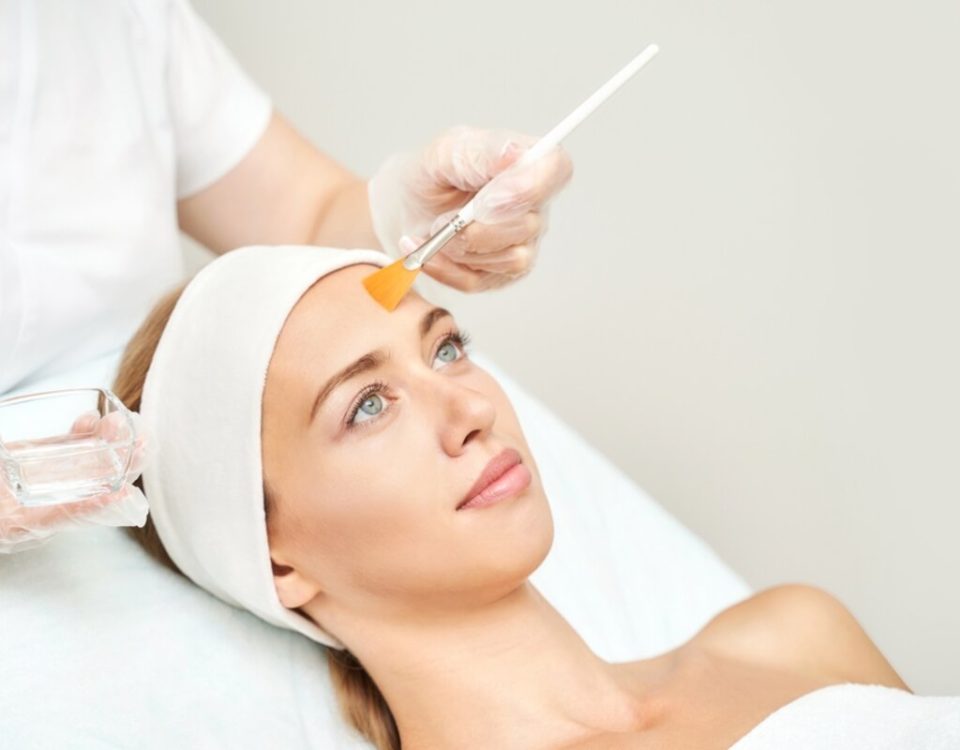
Medications + Facial Treatments: What You Should Know
February 24, 2022
Dermaplaning: 101
April 8, 2022Did you know there are six fundamental skin types? The color of your skin can actually play a part in the type of products you should purchase for skincare, as can the overall type of skin you have (i.e. dry, oily, combination, etc.). While everyone is different, and not everything will apply to someone who falls into a specific group, it can still be extremely beneficial to understand why you may react to sunlight and skincare products differently than someone else.
The Six Fundamental Skin Types
The six basic skin types play a part in helping dermatologists assess your risk for skin cancer and how sensitive you are to sunlight. Lighter skin tends to burn more easily than dark skin due to a pigment known as melanin, which determines how dark your skin is. Melanin is responsible for absorbing UV rays and protects a person from cellular damage as a result of these UV rays. This splits people into six different skin type categories, ranging from “very fair-skinned” to “black-skinned”.
This scale for skin types was developed by Thomas Fitzpatrick in 1975 to categorize a person’s skin’s reaction to sun exposure and genetic disposition. It’s basically just used to tell how susceptible you are to certain skin conditions and diseases.
#1. Type One: Very Fair-Skinned
This skin type almost always burns when exposed to sun and will never tan. People with very fair skin are highly susceptible to skin damage and cancers, especially melanoma, which is the deadliest type of skin cancer. It’s recommended that people with type one skin wear sunscreen with at least an SPF of 30, along with sun-protective clothing if they’re staying out in the sun for an extended period of time. Most people that fall into this category will typically have pale green, gray, or blue eyes and/or blond hair.
#2. Type Two: Fair-Skinned
People with fair skin are likely to burn in the sun, and very rarely tan. Just like type one, they’re extremely susceptible to skin damage and cancers, but the chance isn’t as high with type two skin. Typically, it’s recommended for fair-skinned individuals to follow the same protective measures as type one. Fair-skinned people often have blue eyes and blond or red hair.
#3. Type Three: Medium-Skinned
Still susceptible and at risk for skin damage and cancers, medium-skinned individuals have a pretty much 50/50 chance of burning or tanning when exposed to sun. The recommended minimum sunscreen SPF for these people is SPF 15, but they should still wear sun-protective clothing and seek out shade when the sun is at its highest between 10 AM and 4 PM. Type three individuals usually have brown eyes and brown hair.
#4. Type Four: Olive-Skinned
Olive-skinned people tan easily and aren’t too likely to burn in the sun, but it’s not impossible. Since there’s still the potential for sunburns, it’s recommended that type four individuals wear SPF 15 sunscreen and seek shade at the same times as type three individuals. Olive-skinned people tend to have darker brown eyes and medium brown hair.
#5. Type Five: Brown-Skinned
While this skin type easily tans, they can still burn and develop various skin conditions, including melanoma. Like types three and four, it’s recommended for these individuals to use SPF 15 sunscreen and seek shade between 10 AM and 4 PM. Unlike the previous four skin types, darker-skinned people are more at risk for acral lentiginous melanoma (ALM). It’s usually not caught before the cancer spreads, as ALM spots often appear on body parts that aren’t typically exposed to the sun as often as others. It’s important to keep a very close eye out for this type of melanoma. Brown-skinned people tend to have darker brown eyes and hair.
#6. Type Six: Black-Skinned
This skin type is similar to type five, though black-skinned individuals are less susceptible to burns and skin conditions. They’re still at a higher risk for ALM and should follow the same precautions as type five. Type six people tend to have dark brown eyes and black hair.
#7. What Does This Mean for Skincare?
Aside from helping you become aware of how sensitive your skin is to sunlight, knowing your skin type can also help you make an estimated guess at how sensitive you are to other skincare products. It’s also a good guide for dermatologists when it comes to performing cosmetic procedures, laser therapies, and scar treatments.
Other Skin Types to Be Aware Of
The same way a person falls into one of the six fundamental skin type categories, a person also falls into another skin type group. These aren’t based on skin color and sensitivity to sun, but rather tells you if you have oily, normal, dry, or combination skin. Not all skincare products are made equal, so understanding both skin categories you fall into will make it much easier for you to make the right selection of products for your skin.
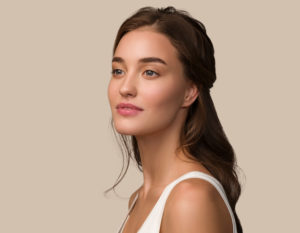
#1. Normal Skin
Eudermic, or normal skin, is neither too oily or dry. It’s considered well-balanced, having great sebum production and blood circulation. A basic skincare routine is best for this type of skin to avoid any breakouts or dryness. Remove your makeup and wash your face before bed, stay hydrated, and moisturize every day to keep your skin looking as healthy as possible.
#2. Oily Skin
No one likes oily skin. It often has a greasy appearance and feels greasy to the touch. It’s highly prone to acne breakouts due to an excess of sebum production. The overproduction of sebum is known as seborrhea. If you have oily skin, it’s important to avoid touching your face too often. It may be tempting to pop pimples and mess with other blemishes, but this often causes more blemishes to appear on your face. Moisturize regularly, stay hydrated, and wash your face twice a day to keep it from getting too oily or producing too much sebum. Another good idea for oily skin is to look for makeup products that are non-comedogenic and won’t clog pores.
#3. Dry Skin
Dry skin is often uncomfortable to anyone who has it. It’s comparable to having chapped lips, only your entire face can feel the same way. This type of skin is easily irritated, and can have a flaky and/or rough texture, often causing your face to feel tight. Dry skin is the result of a lack of sebum production, lacking the lipids it needs to retain moisture. Given this, you’ll want to moisturize your skin often if you have dry skin, especially after bathing, and don’t spend too much time in the shower. Drink lots of water, wear gloves while cleaning, and wear sunscreen to keep your skin from becoming dehydrated.
#4. Combination Skin
Combination skin is when part of your skin is dry, while the other part is oily. Usually the T-zone (the forehead area and nose) is oily, while the cheeks are dry, though sometimes it can be the other way around. When you have combination skin, you should follow a good balance of the skincare routines for dry and oily skin, depending on where your oily and dry areas are.

Contact Spa MD Today to Learn Your Skincare Plan
No matter what your skin type is, it’s always a great idea to visit a dermatologist regularly. At Spa MD, no matter what your skin type or gender may be, we’re there to give you the best treatment for your skin possible. Contact us today to set up an appointment or consultation to figure out
what we can do for you.
New Clients:
$35 deposit for all new clients
Cancellation/No Show Policy:
$35 fee for all no show, no call and any cancellations less than 24hrs before the start of your appointment.Any prepaid services will be forfeited.
Call us at +1(651)222-4490
Email us at SpaConsultantsMD@gmail.com
or, Schedule a free consultation
We are located on the main level inside of the Blair Arcade Building. We validate parking in the lot connected to the building off of Selby. Be sure to bring your ticket in with you!

